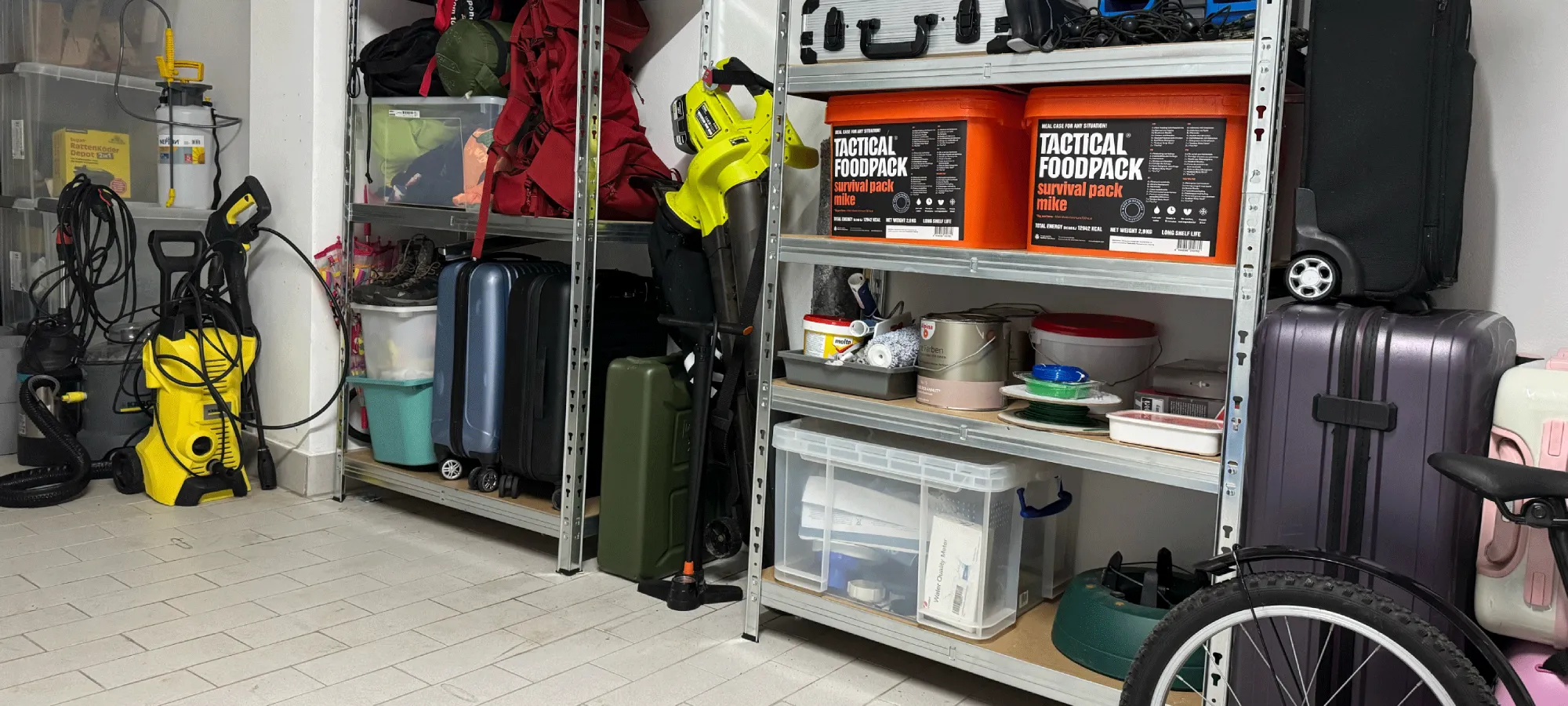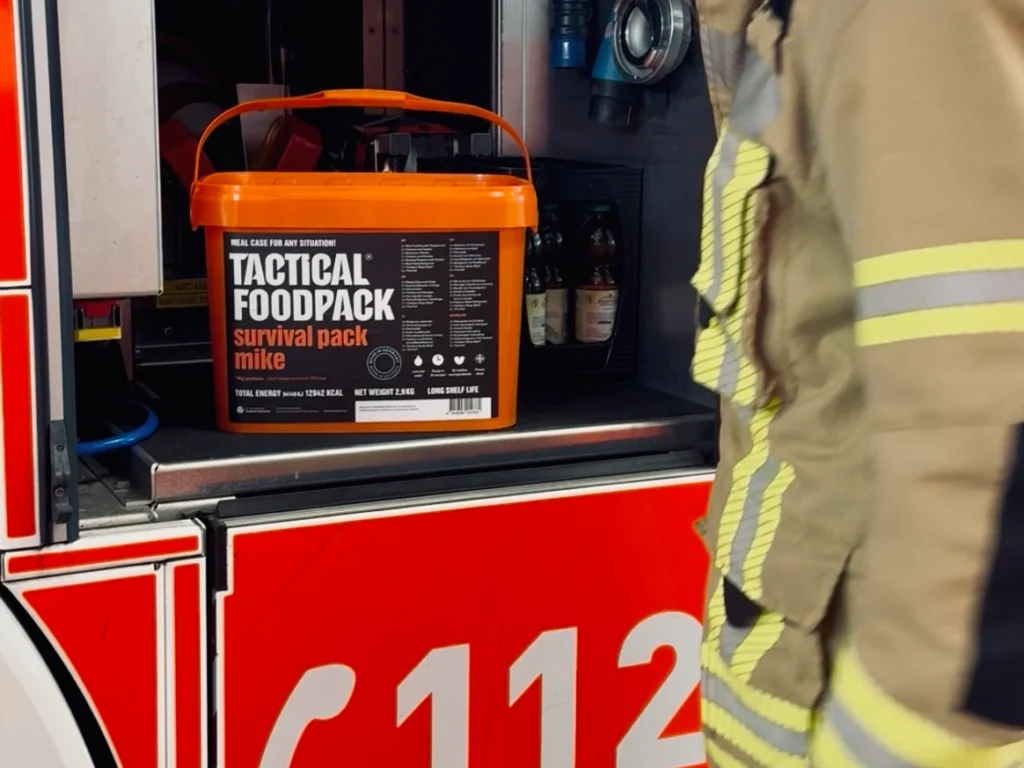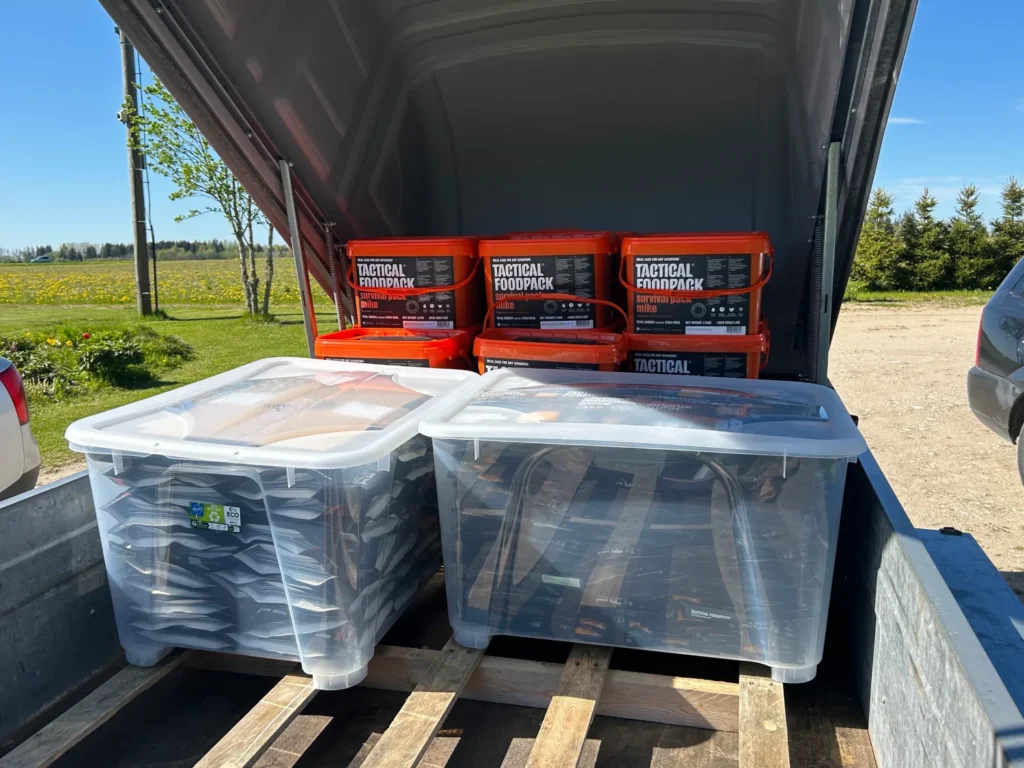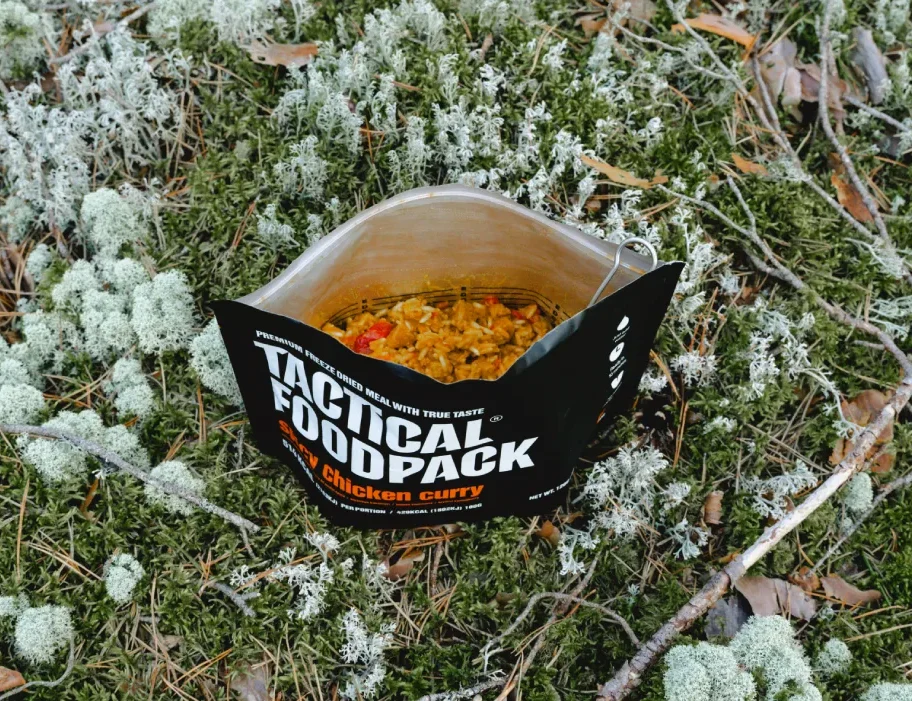
Be prepared: how to build a smart emergency and food supply plan
In recent years, Europe has faced more frequent storms, floods, and power outages. These situations are a harsh wake up calls and offer realization, that modern life depends heavily on continuous electricity, water and supply chains.
In recent years, Europe has faced more frequent storms, floods, and power outages. These situations are a harsh wake up calls and offer realization, that modern life depends heavily on continuous electricity, water and supply chains.
Why preparation matters more than ever
When roads close, ATMs go offline and shopping daily is not an option, those with even a few days’ worth of water and food can stay calm and independent. National emergency services across Europe emphasize the same principle: every household should be ready to manage for at least 72 hours without outside help.
Preparedness isn’t about fear. It’s about peace of mind – knowing you can take care of yourself, your loved ones and even help your neighbors when it matters most.

How to prepare as a single person
If you live alone, your emergency plan can be simple but efficient. Focus on compact supplies, light equipment and items that don’t require cooking.
Your essentials:
➤ Water: 2 liters per day. For a 10-day supply, store at least 20 liters. Keep it in rotation, meaning use it and replace it to keep your supplies fresh.
➤ Food: Choose freeze-dried food. Such meals are lightweight, require only hot water, and stay good for up to 8 years. If you want a no-brainer solution, one Tactical Foodpack Weekpack covers 7 days of meals for one person.
➤ Lighting: Flashlight, spare batteries, candles, matches.
➤ Warmth: Blankets, warm clothes, sleeping bag.
➤ Health & hygiene: First aid kit, personal medicines, soap, wet wipes or Tactical Foodpack outdoor shower, waste bags.
➤ Communication: Battery-powered or hand-crank radio to stay informed during outages. We also recommend charged battery bank to keep your phone alive as well.
➤ Documents: Keep passports, ID, and a small amount of cash in a waterproof folder.
💡 Pro tip: Combine a Weekpack with a Survival Pack Mike, which adds 21 meal portions and heating accessories like the Heater Bag and Fire Pot. No stove or electricity needed with these 2 handy helpers.
How families can prepare
For families, planning becomes more about quantity and variety. Children and pets have different needs, and food must be both nutritious and comforting.
Example: A 4-person household preparing for 10 days
➤ Water: 80 liters total (2L x 4 people x 10 days). If you have pets, also stock for them. Keep your supplies fresh by using and replacing.
➤ Food: 4x Tactical Foodpack Weekpacks (one per person) – each provides 7 full days of meals. If children share smaller portions, you can stretch one pack for two kids.
➤ Lighting and energy: 2 flashlights, 2 candles, spare batteries, matches.
➤ Warmth: Blankets, warm clothing, possibly a small gas stove or backup generator.
➤ First aid: Complete kit, child-specific medicines, prescription meds.
➤ Hygiene: Soap, disinfectant, wipes, trash bags, Tactical Foodpack outdoor shower.
➤ Documents & cash: Keep them together in a waterproof easy-to-grab bag.
✅ Checklist summary:
✔ Water 80L
✔ Food: 4x Weekpacks (or 3 + 1 Survival Pack)
✔ Lighting: torches, candles, spare batteries
✔ Warmth: blankets, generator or camping stove
✔ Hygiene & first aid: complete kits
✔ Documents & cash: in a waterproof folder
This simple combination ensures your family is covered for 10 full days – even if shops are closed and the power is out.

Community preparedness: together is stronger
While personal preparedness is vital, community planning can make all the difference. Across Europe, local initiatives show, how neighbors can build resilience together. One inspiring example comes from Estonia: a small village called Vaopere worked with emergency authorities to create a community crisis pantry.
The project started with a simple question: “What happens if we have pots and pans – but nothing to cook?”
Residents decided to act before the next crisis hit. With support from a civic innovation fund and Tactical Foodpack, the village created a shared food supply and plan for distributing it, if access to stores or clean water is lost.
This experience showed that preparedness builds confidence and connection, not fear. When you plan together, you protect more than supplies – you protect people.
How to start your own crisis plan
📅 Decide your timeframe.
Start small: aim for 3 days of independence, then expand to 10.
🖩 Calculate your needs.
Multiply 2L of water per person per day. Add meals accordingly (1 Weekpack = 7 days for 1 adult).
🧰 Organize your supplies.
Store in a cool, dry place. Use labeled boxes or sturdy buckets for easy access.
🔦 Add essential gear.
Include light sources, first aid, hygiene items, and backup power options.
🗣️ Connect with your neighbors.
Discuss who has what – tools, generators, medical skills. Shared resources mean shared security.
🔃 Review yearly.
Rotate water and check expiration dates. Tactical Foodpack meals last for years, but regular review keeps your plan fresh.

Why freeze-dried food is ideal for emergency food supply
Tactical Foodpack was born out of real-life missions – created for special forces who needed energy-dense meals that taste like home cooking and last for years without refrigeration.
Here’s why freeze-dried food is the smartest choice for your emergency food supply:
▶ Shelf life up to 8 years – store and forget until needed.
▶ Lightweight and compact – easy to transport or share.
▶ No preservatives or artificial additives – only real, cooked meals that are freeze-dried for longevity.
▶ Nutrient retention – freeze-drying keeps vitamins, proteins, and taste intact.
▶ Waterproof packaging – ideal for basements, garages, or storage rooms.
▶ Versatile heating – meals can be rehydrated with hot water, warmed over a small flame or in a Tactical Heater Bag when you can not boil water or make fire.
Tactical Foodpack meals aren’t just survival rations – they’re real food made for real people.
Final thought: preparedness is empowerment
When a crisis hits, it’s too late to start planning. Building your emergency food supply today means safety, comfort, and confidence tomorrow.
Whether you live alone in a city apartment, share a home with family or belong to a small rural community, being prepared makes you stronger – and helps everyone around you.
👉 Check your supplies today.
If you’re missing a reliable food source, explore Tactical Foodpack Weekpacks and Survival Pack Mike – designed to keep you nourished wherever life takes you.